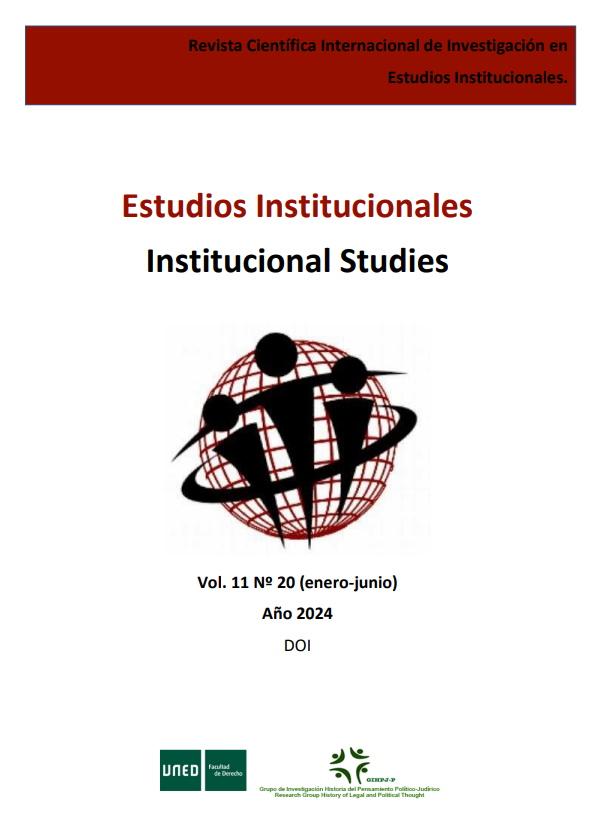Protocol in events featuring deaf signers: unveiling the personal signs of Their Royal Highnesses Leonor and Sofía of Borbón.
DOI:
https://doi.org/10.5944/eeii.vol.11.n.20.2024.40847Keywords:
protocol, sign language, disabilities, personal sign, princess Leonor, infanta SofíaAbstract
This article captures the historic act of presenting the personal signs of Their Royal Highnesses the Princess of Asturias, Doña Leonor de Borbón Ortiz, and her sister, the Infanta Doña Sofía. The event of bestowing a personal sign upon such esteemed figures marked a milestone in the history of the Deaf community, as it represented significant recognition by endowing them with a unique and personal identity, akin to a baptism. The genesis of the event where the royal signs-names were presented encountered significant challenges and gaps in terms of organization and protocol due to its unique characteristics. It was an event whose hosts and a large portion of attendees were Deaf individuals who use Spanish Sign Language. This uniqueness necessitated rethinking, designing, and anticipating circumstances that are uncommon in ceremonies and public events attended by authorities and representatives subject to protocol precedences. The absence of scientific literature necessitated the provision of a series of solutions regarding event production, protocol staging, and its particularities. This work aims to serve as a guide and orientation for other researchers and/or protocol professionals who find themselves in similar situations, allowing them to discover our experiences, the challenges encountered, the solutions provided, and to become acquainted with the Deaf community.
Downloads
Downloads
Published
Versions
- 2024-06-27 (2)
- 2024-06-21 (1)
How to Cite
Issue
Section
License
Copyright (c) 2024 Aránzazu Valdés González, Javier Martín Antón, Iván García Casado

This work is licensed under a Creative Commons Attribution-NonCommercial-NoDerivatives 4.0 International License.
The authors who publish in this journal agree to the following terms:
- The Revista de Estudios Institucionales is distributed under a Creative Creative Commons Reconocimiento NoComercial NoDerivadas (by-nc-nd).
- Authors retain copyright and grant the journal the right to be the first publication of the work as well as licensed under a Share of work license, under conditions of authorship acknowledgment, for non-commercial purposes and without derivative works such as are specified in the license.
- Authors may separately enter into additional agreements for non-exclusive distribution of the version of the work published in the journal (for example, placing it in an institutional repository or publishing it in a book), with an acknowledgment of their initial publication in this journal.
- Authors are allowed and encouraged to disseminate their papers electronically (for example, in institutional repositories or on their own website) before and during the submission process, as it can lead to productive exchanges as well as more citation. earliest and largest of published works (See The Effect of Open Access)



